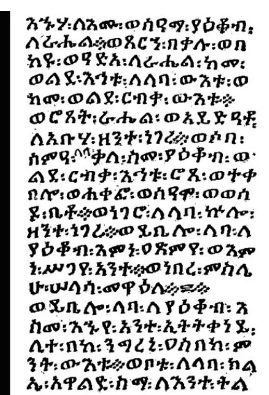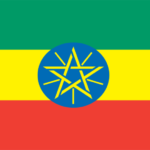
The Geʽez script, also known as Ethiopic, is an ancient African writing system that originated in the Horn of Africa. It has a rich history and remains in use today for liturgical purposes in the Ethiopian and Eritrean Orthodox Churches.
The Geʽez script originated in the Horn of Africa, particularly in what is now Ethiopia and Eritrea.
It is associated with the ancient kingdom of Aksum, which flourished from around the 1st to the 7th centuries CE.
The Geʽez script is an abugida, where each character represents a consonant-vowel combination.
It originally consisted of 26 basic characters, each modified by diacritical marks to indicate different vowel sounds. The characters are organized in a syllabary format, with seven vowel forms for each consonant.
Geʽez remains the liturgical language of the Ethiopian Orthodox Tewahedo Church, the Eritrean Orthodox Tewahedo Church, and the Ethiopian Catholic Church. Religious texts, including the Bible, hymns, and theological works, are written in Geʽez.
Geʽez has a rich literary tradition, including religious writings, royal chronicles, poetry, and legal documents.
Geʽez has significantly influenced the development of other Ethiopian languages, particularly Amharic and Tigrinya, both of which use the Geʽez script. It has contributed to the linguistic diversity of the Afro-Asiatic language family.
Its legacy continues to influence modern languages and religious practices in the region, making it an enduring symbol of the rich heritage of the Horn of Africa.




